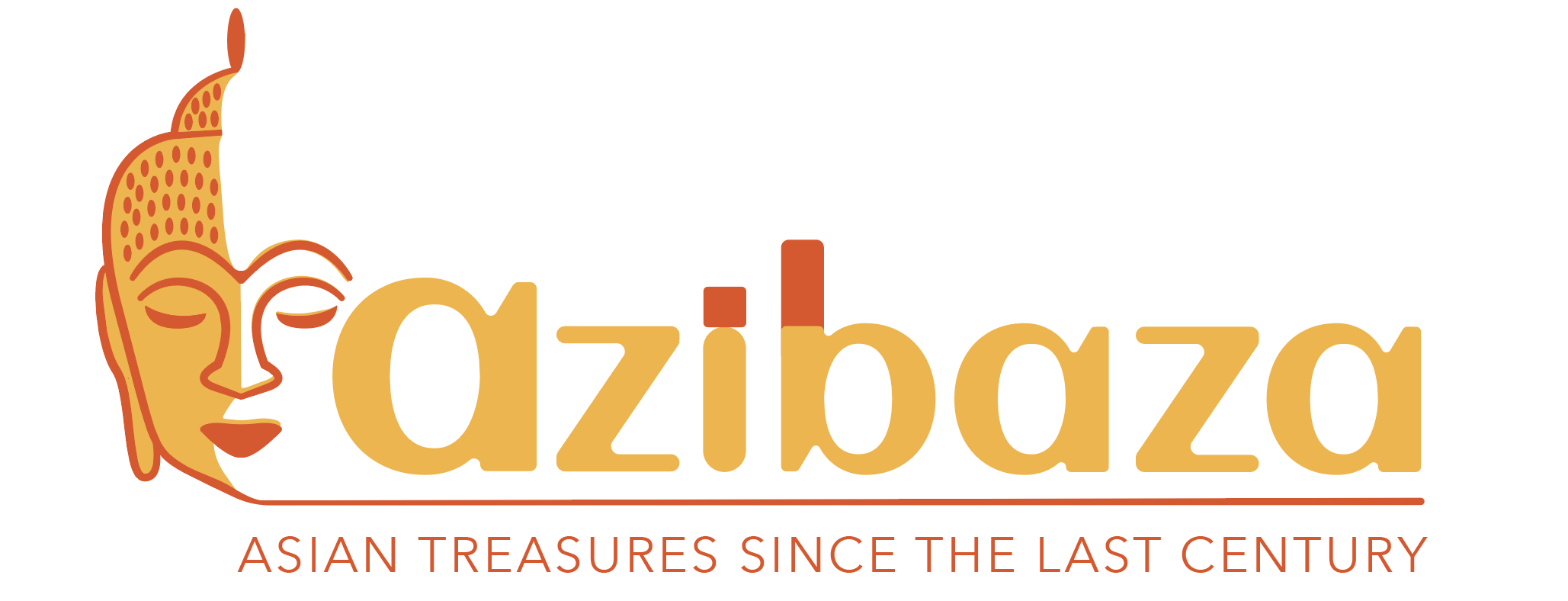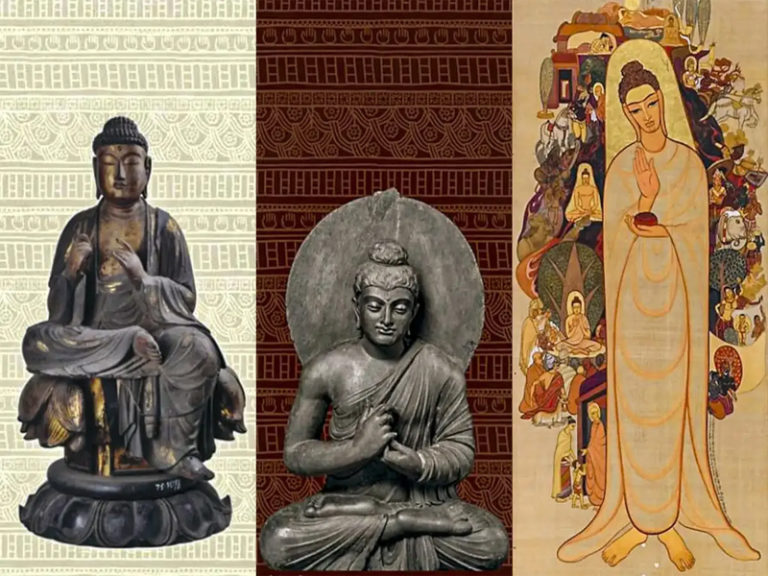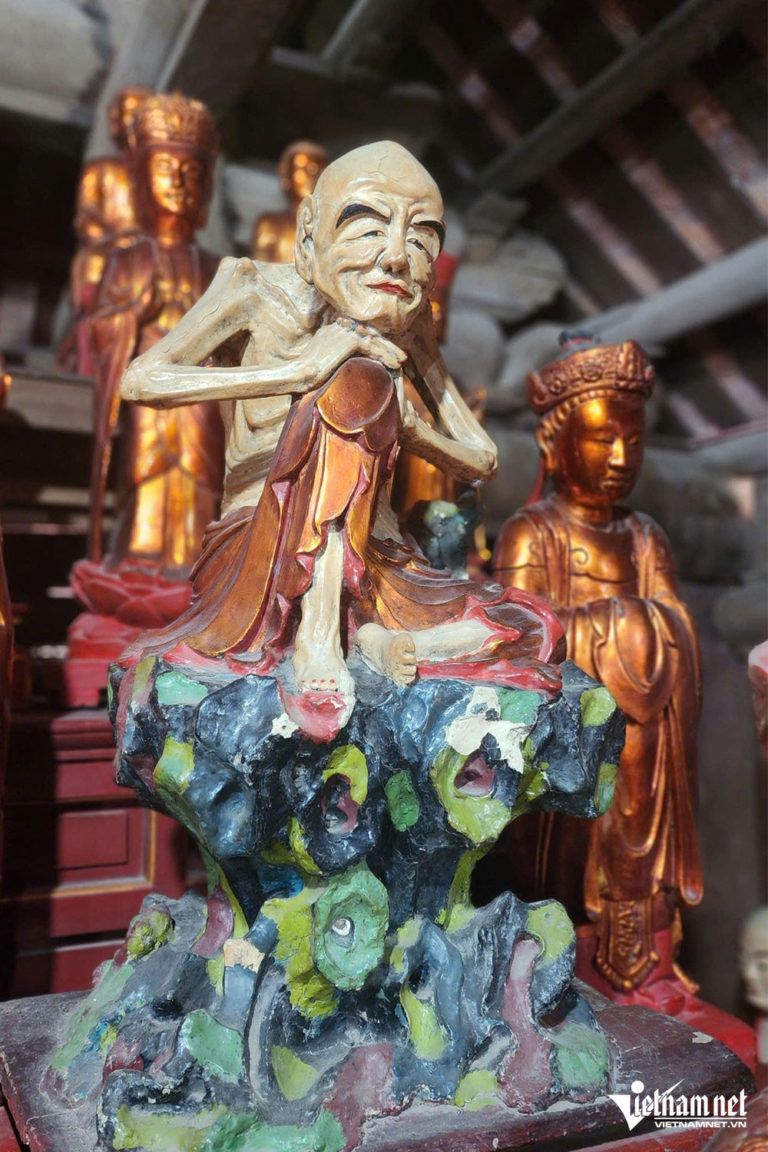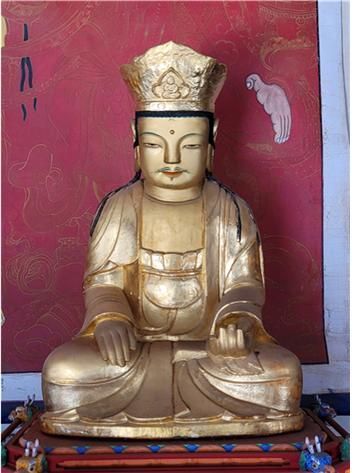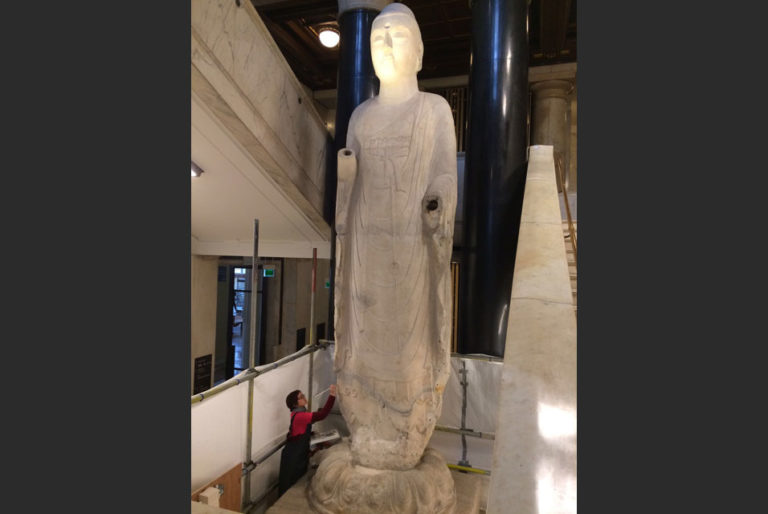
Priceless Buddhist artworks, recently repatriated from Japan, were unveiled for public display at the National Palace Museum of Korea in Seoul on Tuesday. The works comprise a rare set of 10 silk paintings, The Ten Underworld Kings from Korea’s early Joseon dynasty (1392–1897), and a scroll Transcription of the Zhou Version of the Avatamsaka Sutra (Flower Garland Sutra), Volume 22, from the Goryeo period (918–1392).
The Korea Heritage Service and the Overseas Korean Cultural Heritage Foundation, which were instrumental in retrieving the artworks, held a joint media conference at the museum on 8 July to formally announce the return of the rare Buddhist heritage items.
“The repatriation of these cultural artifacts is particularly meaningful as we are showing [them] to the public for the first time just a month before the 80th anniversary of Korea’s liberation from Japanese colonial rule,” the head of the Korea Heritage Service, Cho Eung-chon, said during the briefing. (The Korea Herald)
Korea was liberated from 35 years of Japanese colonial occupation on 15 August 1945.
“The Goryeo sutra and the king painting set unveiled this time are works punctuating the excellence of Buddhist art from the Goryeo and early Joseon periods,” Cho added. “And we will share their value by allowing the public many chances to see them.” (Korea.net)

The set of 10 silk paintings, traditional hanging scrolls each 66 centimeters wide and 147 centimeters long, depict the 10 lords of the underworld who pass judgment on the recently deceased for the sins they committed during life. Each of the images shows one of the 10 kings amid a scene from hell. The paintings, considered to be representative of the artwork of the early Joseon period, returned to Korea in November 2024.
“Complete sets of The Ten Underworld Kings from early Joseon are extremely rare,” said Dong-A University professor emeritus of art history Park Eun-kyung. “This set provides crucial insight into the transition from Goryeo to Joseon Buddhist painting.” (Korea JoongAng Daily)
The Joseon dynasty spanned some 500 years, from 1392–1897, and is considered the peak of classical Korean culture and literature, and also a high point for the development of science and technology. The dynasty encouraged the propagation of the ideals and doctrines of Neo-Confucianism, which found favor as the state ideology. Although Buddhism was officially discouraged and on occasion subject to persecution, literary exchanges from the period show that Buddhism continued to thrive intellectually, with regular dialogues and exchanges of thought and philosophy between Confucian officials and Buddhist scholars.

Also unveiled on Tuesday was a Goryeo-era transcription of part of the Avatamsaka Sutra produced in 1334, and handwritten in a rare pigment, made by mixing gold powder with hide glue, on dark blue paper.
The scroll, measuring 10.9 meters in length, and featuring a cover adorned with five lotus flowers painted in gold and silver, is believed to be the 22nd volume of an 80-volume Avatamsaka Sutra Chinese translation by the Tang dynasty monk Siksananda (652–710). It was returned from Japan in April this year.
The text describes the journey of Vairocana Buddha as he ascends to the heavenly realm of Tushita. The sutra is a foundational text of Huayan (Kor: Hwaeom) school of Buddhism, which emphasizes the oneness of the Buddha and sentient beings.
“The illustrated frontispiece . . . offers a condensed visualization of the sutra’s content,” South Korea’s Yonhap News Agency reported. “At the top right, Vairocana Buddha is depicted surrounded by bodhisattvas, while other scenes portray his teachings under the Bodhi tree, in Trayastrimsa Heaven, Yama Heaven, and Tusita Heaven.” (K-Vibe)
Such transcribed sutras were originally created as means to propagate the Buddhist teachings.
“The refined and skilled line work suggests the work of a professional monastic calligrapher,” an official noted. (K-Vibe)

The Goryeo dynasty was established in 918 by King Taejo Wang Geon. It united the Later Three Kingdoms (892–936) in 936 and ruled most of the Korean Peninsula until it was displaced by the founder of the Joseon kingdom, Yi Seong-gye, in 1392. Goryeo expanded the country’s borders to present-day Wonsan in the northeast (936–943), the Yalu River (993), eventually expanding to cover almost all of the present-day Korean Peninsula (1374).
While the achievements of Goryeo include establishing relations with the southern kingdoms of what is now China to stabilize national sovereignty, and progressive taxation policies, Goryeo is perhaps most notable for providing an environment in which the arts were able to flourish, leading to the creation of countless sophisticated works by this Buddhist state. Buddhism in Goryeo also evolved in ways that rallied support for the state to protect the kingdom from external threats.
Their rarity and exceptional state of preservation mean the artifacts are considered priceless national cultural properties. The artifacts are being stored at the National Palace Museum of Korea while experts examine their condition and assess their preservation needs.

According to survey data from 2024, the majority of South Korea’s population—51 per cent—holds no religious affiliation. Christians make up the largest religious segment of the population at 31 per cent, while Buddhists account for 17 per cent. Buddhism is reported to be the fastest-growing religion in South Korea in recent years, amid growth in interest among young people.
